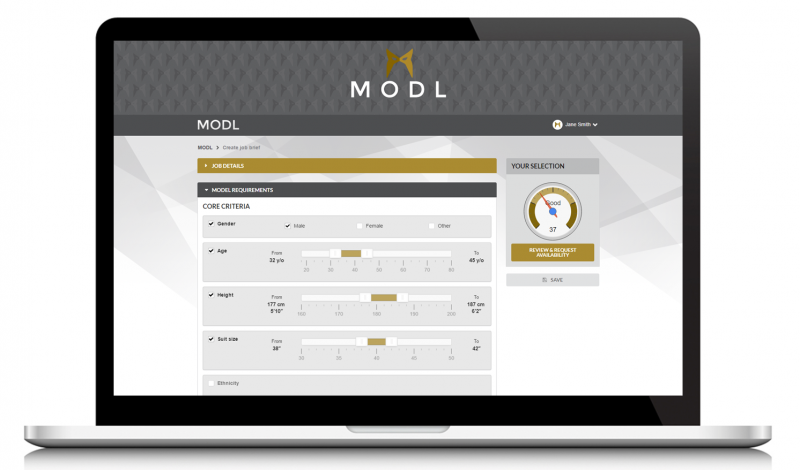MODL is the new way to find and book professional, agency-represented UK models.
Our automated, hassle-free process allows you to book models in as quickly as one hour.
Sign up for free to use our booking tools, submit your job, and pay nothing until you book your selected model.
Some of the professional models you'll find on MODL App
- Detailed job information
- Fast, secure payment guaranteed
- Verified clients
- Simple profile management
- Efficient messaging service
- Simple booking process
- Save 75% on fees
- Fast model responses
- Pick from professional models
- Model rating system
What our booking clients say
I booked a model using MODL App for a collaboration shoot between my fragrance brand, Gruhme, and Triumph motorcycles. The booking process was simple, I saw a shortlist of available models suiting my requirements and I confirmed John Mason for the job.
We will definitely be using MODL App again.

Our brand required two models for a sportswear shoot at a commercial gym in Birmingham. Donna-Louise and Andrea were professional, punctual and great in front of the camera, working alongside the photographer and shoot director.
The images came out brilliantly and we are amazed at how easy it was to book the models with the exact look the brand needed.

MODL is perfect for casting directors, art directors, marketing and brand managers as well as commercial and fashion photographers sourcing models.
MODL App is the platform built with businesses in mind, providing experienced models, fast responses, greater transparency and reduced fees.
Our advanced booking interface enables you to find the perfect model to represent your brand and showcase your products or services.
Your brief can be as simple or specific as you like. Within minutes, you'll be able to see which of our database of hundreds of professional models are available for your shoot with real-time responses.

Our models are experienced and agency-signed, ensuring you get the best possible outcome from your shoot.
A simple, efficient and cost-effective booking process for both you and the model.
Before you choose from available models, you'll see reviews and ratings of models; scores provided by other booking clients like you.
This all makes for the most advanced and trusted model booking community ever developed.
















